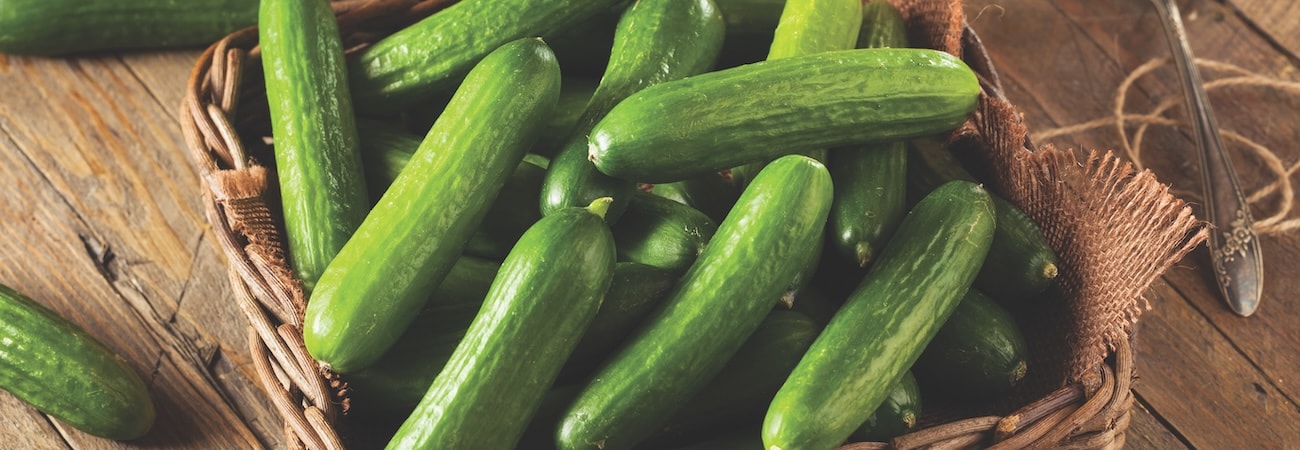
Ann’s Almanac – August
It’s payback time! After all our hard work, August is the month when we gather cut flowers for the house and enjoy feasts of homegrown fruit, veg and herbs. But perhaps most importantly, this is when we can sit out and enjoy what we have created.
August is a time of plenty and, when it comes to tomatoes, beans, cucumbers and of course courgettes, it’s often a time of glut. So, wash out those Kilner jars and start to pickle! Preserving food was once essential if you were to survive the winter months. While that pressure no longer exists, many of us still prefer to make our own preserves rather than buy those stuffed with artificial flavourings and colourings.
There’s still plenty of time to sow fast-growing vegetable seeds like cabbages, chard, salad mixes, radishes and turnips this month. Cover your cabbages and chard with a cloche to protect them, and you’ll be rewarded with homegrown veg in time for winter.
Summer afternoon—summer afternoon; to me those have always been the two most beautiful words in the English language.
– Henry James
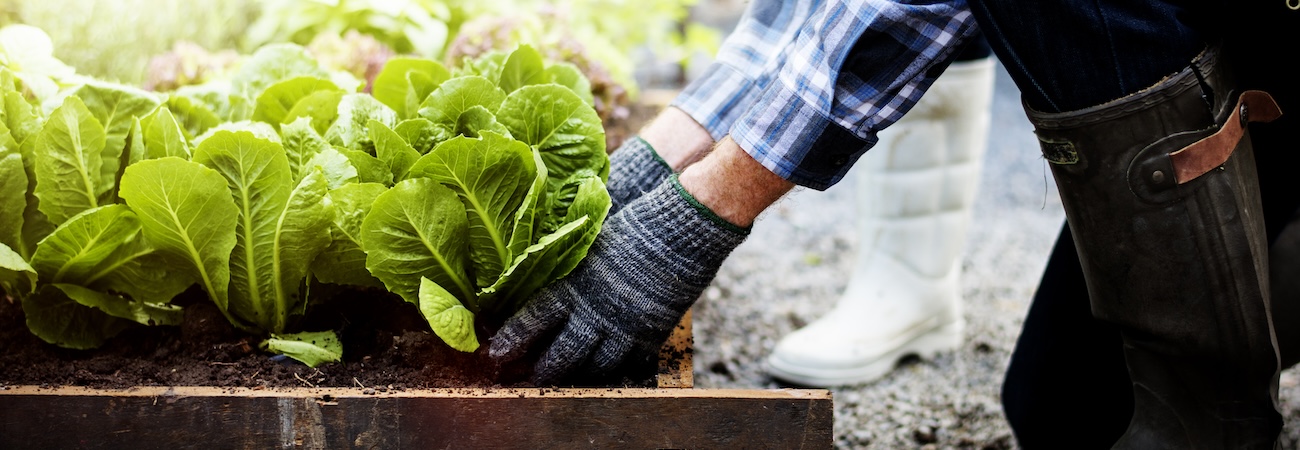
Jobs to tackle this month
My top tasks for August include:
- Keep pinching out the side shoots on cordon tomatoes and harvest the fruits when ripe. This encourages more fruits to mature and ripen.
- Sow herb seeds in pots to harvest from the kitchen windowsill in autumn.
- Order onion sets, shallots and garlic for autumn planting.
- Lettuce and leaf seeds can be sown this month, in fact keep sowing and you’ll be eating salad all year round.
- You can still direct sow carrot seeds, rocket, radish, spinach and pak choi this month.
- Harvest beans, courgettes, potatoes, cucumbers, salad leaves, aubergines etc as soon as they’re ready. Home-grown meals eaten outside with friends and family are one of the highlights of summer.
- Maintain your watering, feeding and deadheading regime. If you’re going on holiday, ask a neighbour or friend to pop by and do it for you.
- If the weather is very hot and dry, the lawn is best left alone but if you really need to cut it then lift the mower’s blades to their highest setting and leave the clippings on the ground to act as a mulch.
- Pruning your wisteria this month will not only tidy it up, but divert its energy from producing tendrils to producing flower buds for next year.
- Prune any rambling roses that have finished flowering.
- Buy autumn/winter bedding plants to keep your garden bright through the coming months.
- Continue picking sweet peas and removing any seed heads. Also mulch, feed and water. They’ll be finished all too soon.
- Keep an eye on the level of water in your pond and top up when necessary. This also helps to oxygenate the water.
- Some hardy annual flower seeds can be sown now, direct in their flowering positions, for early blooms next spring/summer.
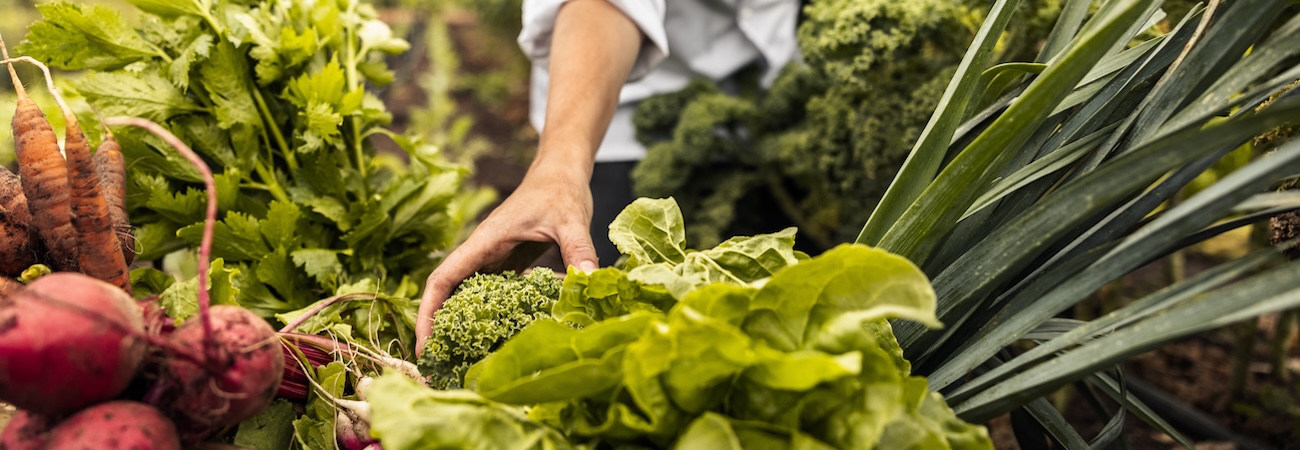
From plot to plate
Here are some of the delicious crops I harvest in August:
- Cucumbers: Indoor and outdoor varieties should both be ready now. Consisting of 96.4% water, cucumbers contain vitamins A and C plus an assortment of minerals, including calcium and potassium. But to gain the benefit of these nutrients the fruit must be eaten unpeeled. Often enjoyed in a green or Greek salad, cucumbers also partner beautifully with melon, crumbled feta and torn basil. But did you know they can also be braised in butter and stock, fried with garlic and ginger, oiled and grilled on the BBQ or baked with lemon and herbs in olive oil? And if you’re lucky enough to have a glut, they make the most delicious pickle, combined with dill and red chilli.
- Sweet peppers: Packed with nutrients and flavour, peppers store in the fridge for about a week. Don’t worry if the skins get a little wrinkled, they’ll still taste just great. Eat them raw in salad or as crunchy crudites with hummus and other dips. I like to stuff them with quinoa, chopped tomatoes and feta and roast. If you’re going to fry your peppers then do so long and slow. The Spanish dish ‘patatas a lo pobre’ is made delicious by the intensely sweet, slow-fried red peppers. Alternatively, enjoy them on toast with some sliced mozzarella, torn basil leaves and a drizzle of pesto mixed with olive oil.
- Sweetcorn: I still remember the first time I ate sweetcorn straight from the garden. Super sweet and juicy, having had no time for the sugars to turn into starch, it was like nothing I’d ever bought from the market. Planted in blocks, rather than rows, it’s a fairly space-efficient crop. When the tassels have gone brown and a kernel pierced with a fingernail produces a creamy liquid, then the time has come to harvest. The simplest, and best way to enjoy your homegrown sweetcorn is to place the cobs directly on the BBQ, having first soaked them in water for a few minutes. The kernels inside will gently steam and when ready you can peel back the husks (careful you don’t burn your fingers!) and tuck in, using them as a handle. Sweetcorn can also be boiled, steamed, roasted, braised or grilled. Just remember to be generous with the butter!
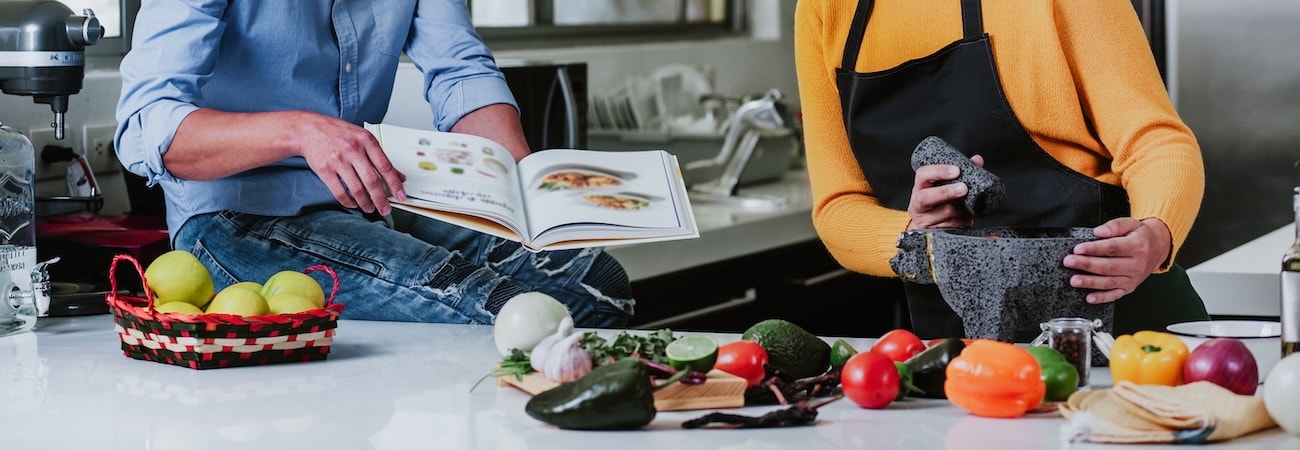
Recipe of the month
Ann’s Cucumber Gin Recipe
You will need:
- A bottle of plain gin (hopefully at a discounted price)
- 2 large cucumbers
- Large Kilner jar
Method:
- Peel a couple of cucumbers, slice them in half horizontally and scoop out the seeds.
- Roughly chop the cucumber and pop it in a Kilner jar with the gin.
- After a week spent lurking in a cool dark cupboard, your gin is ready for bottling. You can use the original gin bottle, washed.
- Oh, and don’t throw away the cucumber once you’ve strained it off – freeze it in a bag and plop a couple of chunks into your G&T in place of ice cubes. Delicious!
Fancy growing something new?
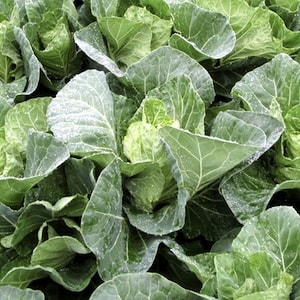
We all have our favourites – tried and trusted varieties of fruit and veg that we grow each and every year. But it’s also fun to try something new. Here’s my suggestion:
If you suddenly find that you’ve got space in your veg patch, order a few Cabbage ‘F1 Winterjewel’ plug plants and keep your garden productive all year round. With exceptional winter hardiness, this variety produces delicious spring greens with compact 8oz heads from March to May!
You may also be interested in
- Flower seeds to sow in August
- Vegetable seeds to sow in August
- Ann’s allotment and gardening guide – July
- Ann’s allotment and gardening guide – September
Lead image: Cucumber ‘Mini Stars’ F1 Hybrid from Dobies
